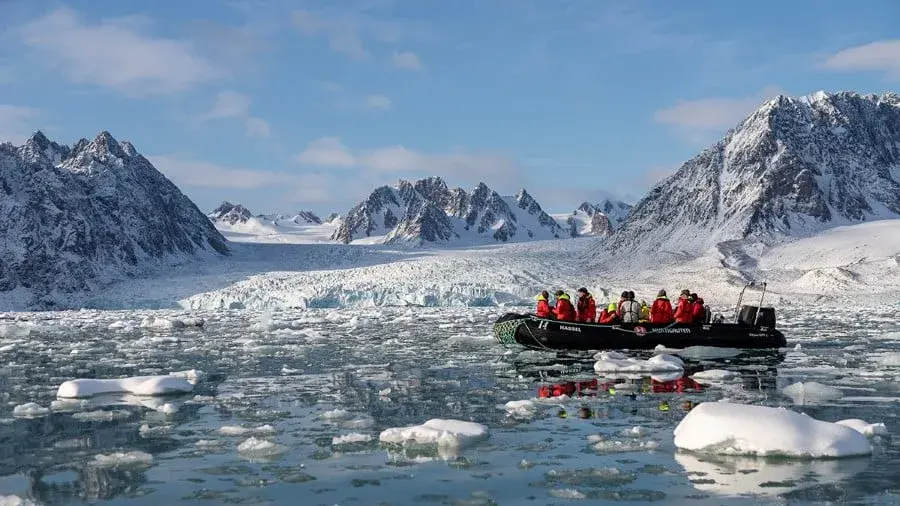Quick Facts about Iceland
Iceland, in the North Atlantic, is the most sparsely populated country in Europe with a population around 360,000 and an area of 40,000 sq miles. It is the world's 18th largest island, and Europe's second largest after Great Britain.Two thirds of the population live in the capital Reykjavik and the surrounding areas in the southwest of the country.
Iceland is a country of extreme geological contrasts. It is widely known as "The Land of Fire and Ice". Much of Iceland's terrain consists of plateau, mountain peaks, and fertile lowlands. Iceland has some of the largest glaciers in Europe and some of the world's most active volcanoes. You will also see fjords, waterfalls, geysers, black sand beaches, and steaming lava fields among others.
The climate of Iceland's coast is subarctic. The average temperature for Reykjavik ranges from -3 °C in January to 13.5 °C in July. During the long summer days, Iceland enjoys almost 24 hours of sunshine. In the winter, only a few hours of daylight are available.
Top Reasons to Visit Iceland
-
Iceland's Westfjords are a true Icelandic wilderness with jagged bird cliffs, native Arctic foxes and the spectacular Dynjandi, a set of waterfalls with an accumulated height of 100 meters
-
Cruise through Iceland's many stunning fjords including the longest one, Eyjafjörður
-
Visit Heimaey Island where a volcano erupted in 1973 and snow-covered volcanic peak Snæfellsjökull
-
Sail along the southern coast dominated by Vatnajökull, Iceland's largest glacier
-
Relax in Iceland's geothermal natural pools with beautiful landscape around
-
Iceland is now Europe's whale watching capital with over twenty specifies of whales in the ocean around
-
One of the best places on the Earth to enjoy the midnight sun (mid May to late July) and northern lights (September to mid April)






























